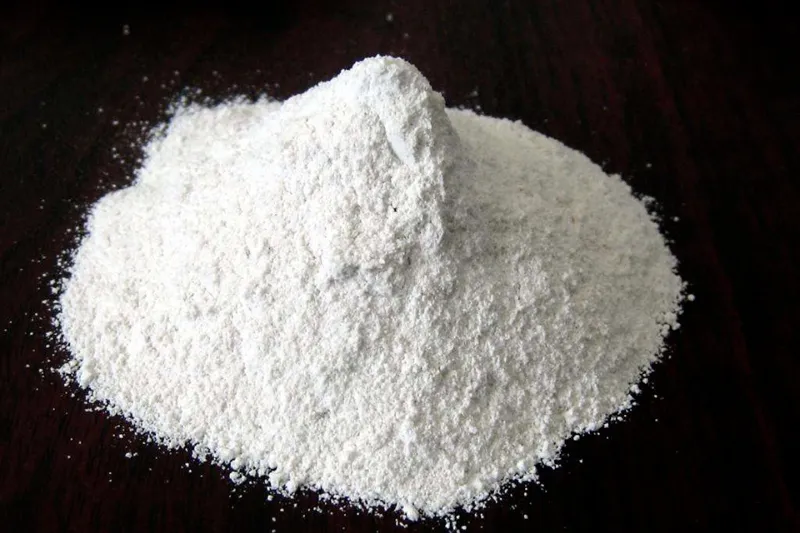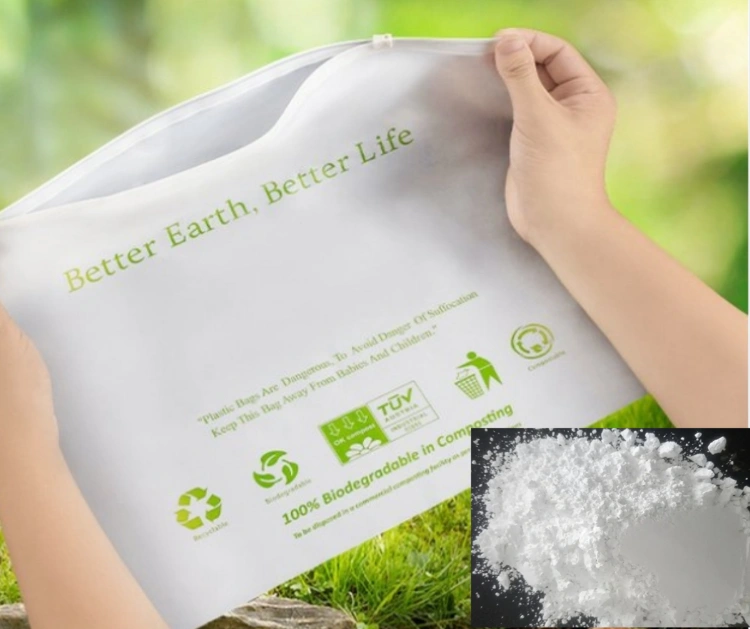In modern industrial systems, calcium carbonate (CaCO₃) is known as the “grain of industry” for its abundant resources, stable properties, and wide range of applications. As an essential non-metallic mineral raw material, calcium carbonate not only supports traditional manufacturing industries but also plays a vital role in emerging sectors and high-tech fields. From plastics and rubber to paper, coatings, pharmaceuticals, food, and daily chemicals, CaCO₃ has become deeply integrated into nearly every aspect of industrial production and everyday life.

Key Characteristics and Quality Factors
The physical and chemical properties of calcium carbonate determine its performance and commercial value. Major influencing factors include chemical purity, particle size distribution, whiteness, oil absorption value, moisture content, specific surface area, and surface modification level.
Chemical Composition
High-purity calcium carbonate ensures excellent whiteness and stability. Impurities such as iron, manganese, and heavy metals can cause discoloration or reduce safety in applications like toothpaste, food, and pharmaceuticals.
Particle Size and Distribution
Smaller and more uniform particle sizes lead to higher brightness, gloss, and dispersibility. In plastics, coatings, and rubber, particle fineness directly affects product strength, elongation, rigidity, and overall mechanical performance.
Oil Absorption and Surface Activity
Oil absorption reflects the surface characteristics of calcium carbonate. Higher oil absorption indicates a larger surface area, enhancing dispersibility in resin or coating systems. Surface-modified calcium carbonate, with an organic coating, improves compatibility with polymers and enhances filler efficiency.Oil absorption reflects the surface characteristics of CaCO₃. Higher oil absorption indicates a larger surface area, enhancing dispersibility in resin or coating systems. Surface-modified CaCO₃, with an organic coating, improves compatibility with polymers and enhances filler efficiency.
Moisture and pH
Excess moisture can cause agglomeration and affect modification results, while pH directly influences the chemical stability of calcium carbonate in resin systems and other chemical environments.
Major Application Fields
Plastics

The plastics industry consumes the largest share of CaCO₃. As an inorganic filler, it offers high whiteness, non-toxicity, good compatibility, and low cost. In PVC, PE, and PP, CaCO₃ enhances rigidity, dimensional stability, heat resistance, and surface gloss.
Activated CaCO₃, after surface treatment, forms strong interfacial bonds with polymer resins, improving mixing uniformity, mechanical strength, and processing flow. It can also partially replace expensive white pigments, reducing overall production costs.
Papermaking
Calcium carbonate serves as both a filler and a coating pigment in paper production. It improves whiteness, opacity, smoothness, and ink absorption while reducing production costs.
Ground calcium carbonate (GCC) is mainly used in printing and writing papers, while precipitated calcium carbonate (PCC), with its finer particles, is preferred for high-grade and specialty papers.
Replacing part of kaolin with CaCO₃ as a coating pigment enhances printability, surface uniformity, and tactile smoothness, while maintaining high brightness and fluidity for premium coated papers.
Coatings
In coatings, calcium carbonate significantly improves adhesion, scrub resistance, smoothness, and anti-mold performance. Light CaCO₃ is ideal for interior latex paints, improving suspension and anti-settling behavior. Heavy CaCO₃ is used in exterior coatings and powder coatings to enhance mechanical strength and freeze–thaw stability.
Moreover, calcium carbonate can partially substitute titanium dioxide or silica to reduce cost without compromising opacity or gloss.
Rubber

In rubber products, CaCO₃ acts as both a filler and reinforcing agent. It enhances tensile strength, tear resistance, and abrasion performance.
Ground calcium carbonate mainly serves as an inert filler for soles, hoses, and molded goods, while light calcium carbonate, with finer and more uniform particles, provides partial reinforcement for light-colored rubber.
Nano-CaCO₃, with its small particle size and high surface activity, offers superior reinforcement comparable to precipitated silica. After surface modification, it disperses uniformly in the rubber matrix, improving stretchability, processability, and mechanical strength.
Adhesives and Sealants
In polyurethane, silicone, and epoxy adhesive systems, nano-calcium carbonate functions as a structural reinforcing filler, increasing bonding strength, tensile modulus, and hardness.
Different particle sizes yield varying results — nanosized particles enhance mechanical performance, while light and heavy CaCO₃ improve flowability and thixotropy.
Pharmaceuticals and Food
With excellent biocompatibility and biodegradability, calcium carbonate is widely used in pharmaceuticals delivery systems, bone repair materials, and pH-responsive biomedical carriers.
Nano-CaCO₃ can be used for targeted pharmaceuticals delivery to enhance therapeutic efficiency and reduce side effects. In the food industry, it serves as a calcium supplement and food additive to improve nutritional value.
Personal Care and Ink
In toothpaste, CaCO₃ functions as a gentle abrasive for cleaning. In cosmetics, it improves covering power and brightness. Ultrafine active calcium carbonate is also used in inks to enhance gloss, transparency, drying performance, and rheological stability.
Conclusion
Calcium carbonate, with its stable performance, abundant supply, and broad adaptability, truly deserves the title of the “grain of industry.” As powder processing technologies continue to evolve — including ultrafine grinding, precision classification, and advanced surface modification — CaCO₃ is transforming from a traditional filler into a high-value functional material.
Modern grinding and classification systems, such as jet mills, ball mill–classifier combinations, and continuous surface modification units, enable the production of ultra-pure, nano-scale, and surface-activated CaCO₃, driving innovation in plastics, rubber, coatings, and biomedical materials.
Calcium carbonate is not only an indispensable industrial raw material but also a cornerstone for the sustainable development of advanced materials and green manufacturing in the future.